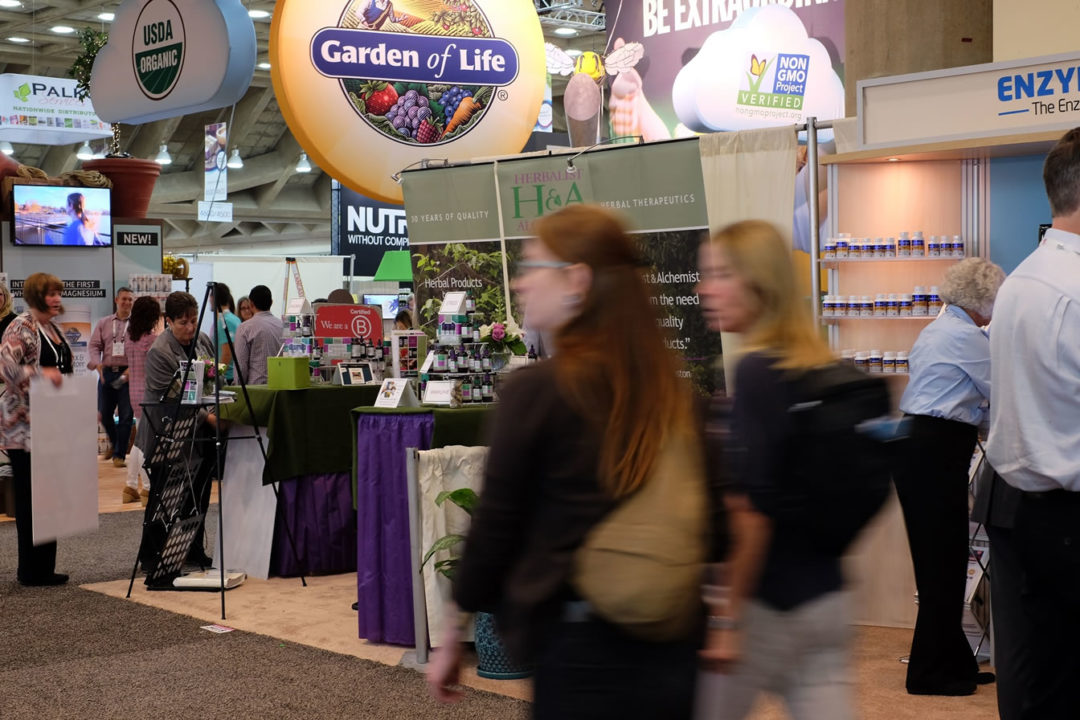Indeed, some chose to continue to use CBD on their labels, citing their opinions that the ingredient was pre-DSHEA and can be legally marketed as such. Others chose to stay with names that evoke the more accepted “hemp.” However, most began to emphasize that their products contain a full spectrum of cannabinoids (hence, phytocannabinoids), not just CBD. This is a symptom of two things — one, ambiguous regulatory status of CBD and cannabis, and the other being the trend of whole-food plant-based supplement products such as those by companies like MegaFood placing an emphasis on the source of the nutrients (ie. vitamin C from organic oranges).
More interesting still is the move by some companies, out of either continued caution or an effort to find greater acceptance in the broader marketplace to shed the term “cannabinoid” as it relates too closely to “cannabis.” That being said, phytocannabinoid products have grown immensely and have significantly lost their stigma. Hemp Fusion for example, which actively used the term “phytocannabinoids” on its labels and when describing the product, has decided to shift to the more neutral term “phytocomplex.” It may be a smart move as the phytocannabinoid manufacturers sparked a movement that shed light on the endocannabinoid system governing a great deal of functions in our body. This has brought in non-cannabis supplements that support the endocannabinoid system. One such firm is Emerald Health Bioceuticals, which has a diverse line of products “formulated with non-cannabis, herbal and botanical phytocannabinoids capable of binding to CB1 and CB2 receptor sites.”
Another trend continuing to gain speed is plant-based...everything. When plant-based proteins began targeting the everyday vegan trying to get extra support in their diet, it made protein less intimidating for everyone, truly expanding the category beyond cross-fit athletes and frat-house kitchens. This reflects what’s happening in plant-based as a whole: most plant-based consumers are not vegan or vegetarian. The advances plant-based food manufacturers have made in taste and texture of their products have been immense, winning the business of all types of consumers.
Functional food and convenience are also big. They are different but in some ways the same. For example, beverages rich in protein, probiotics or superfoods are big because they are both functional and convenient ways to get nutrients. Snacking is also becoming a big part of this, with protein-rich snacks like bars, jerky/meat sticks and chips fortified with whey or made from protein-rich plant-based sources like chickpeas. In the beverage category, matcha is being sold in more convenient formats because while it grows in popularity, its labor-intensiveness has limited its audience. That’s why RTD matcha, to-go pouches of matcha powder and water bottles sold with matcha in the cap for easy dispensing, are gaining steam.
Dietary supplement manufacturers in turn are devising more convenient ways for people to consume their products to reduce pill fatigue and enhance compliance. Powders are the foremost method, housed in packets that get dispensed into water or a straw through which someone drinks a beverage, dissolving the supplement simultaneously. Others still are combining the two, putting supplements in the cap or a water bottle where is can be dispensed inside.
Indeed, everyone is trying to keep up with the industry’s massive growth. During the show’s State of the Industry info session, the Nutrition Business Journal (NBJ) reported that supplements grew 6.6% to $41.4 billion in sales, food and beverage grew 8.5% amounting to $74.8 billion in sales and functional food and beverage grew 7.6% to $59.7 billion in sales. When it comes to sales by channel, the majority of sales are coming from the mass market (as one would expect) with 71.2% of sales, then natural product retailers with 23.6% of sales, followed by direct-to-consumer and finally the internet. When it comes to supplement sales however, the natural and specialty channel has dominance with 37% of sales compared to the mass market’s 27%. While the natural channel has a smaller share of sales overall, it is important to note that natural food supermarkets and health food stores have had a very high growth rate in the past year while the top three channels of traditional grocery, mass market and pharmacy have remained flat. The internet has been an ongoing concern for all retailers and is something to keep an eye out for as it has shown the highest growth (about 12%), though its share of sales compared to other channels remains small. Given the disruptive Amazon/Whole Foods Market merger, that number is expected to grow, though Jay Jacobowitz, our merchandising editor sees this as a major opportunity for independent stores.
Natural Choice Award Winners at Expo East
[gallery td_gallery_title_input="Natural Choice Award Winners at Expo East" link="file" ids="53823,53824,53827,53828,53829,53830,53831,53832,53833,53834"]Published in WholeFoods Magazine November 2017










